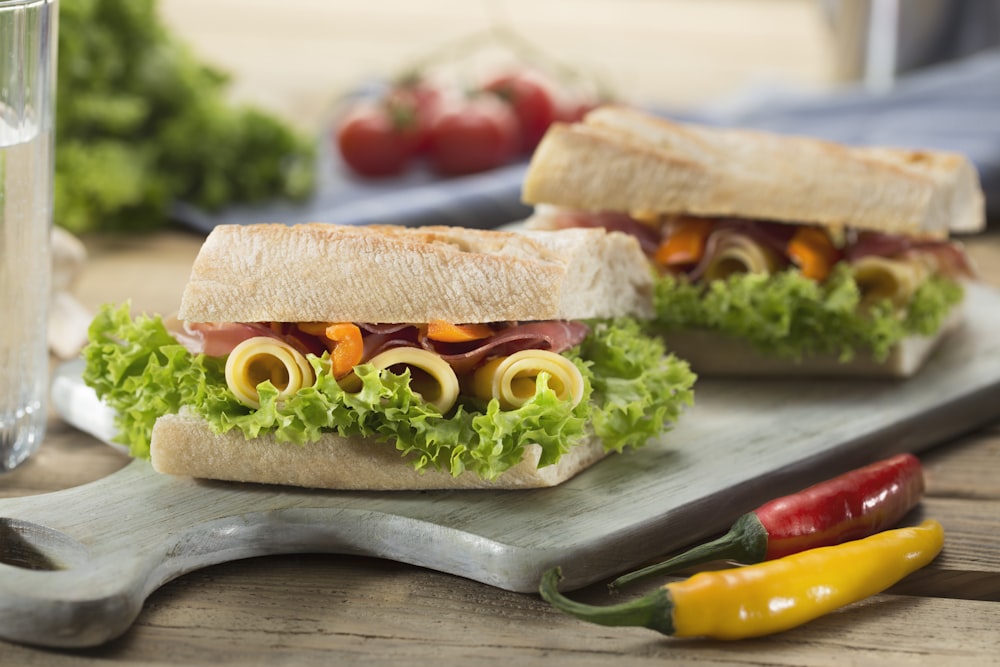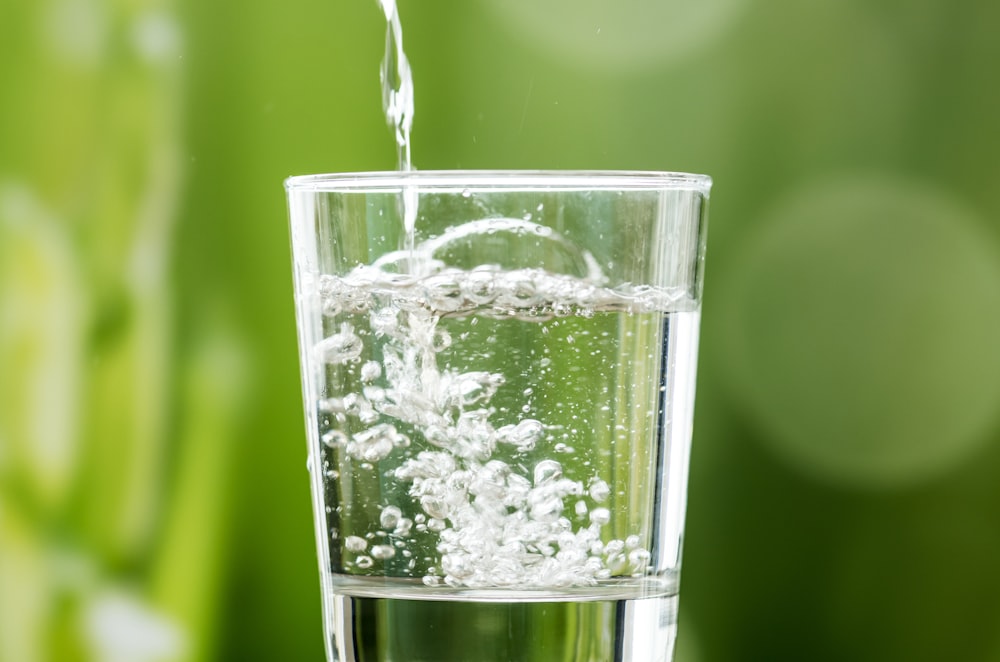Here’s a glimpse at what Americans consume on Super Bowl Sunday:
1.3 billion chicken wings
30 million slices of pizza
325 gallons of beer
Over 9,000 tons of chips

Noshing is a very big deal for most people on the day of and weekend leading up to the Super Bowl. Not only can that add up to a big calorie load, but a big work load for those hosting. So here are a few tips and things to try to simplify and improve the nutrition of your Super Bowl spread.

I’m always preaching produce, but this time of year can make feeding fresh produce to the crowd at your home a bit pricey. Think about incorporating some canned produce into your appetizers, sides or other buffet items. There is a lot of nutrition to be found in canned foods and the convenience and affordability make these tasty options a great way to up the nutrition at your super bowl buffet. For example, try Kitchen Sink Nachos.
Next, crunchy snackable foods are a must for any game-day spread so consider offering a fun, tasty chip alternative and things can get more complicated when family and friends have all sorts of dietary needs and preferences. Snacks made from chickpeas are a healthful alternative to traditional munchies.

Don’t forget the main dish. For easy prep time that allows everyone to customize to their own preferences, sandwiches and sliders are a great go-to, and a deli tray can cut down your work load significantly. So let’s revisit any prejudices on processed meats. Prepare yourself for the permission to enjoy them again! “Processed” simply means “prepared.” Like all meats prepared at home, processed meats are prepared at a plant – simply on a larger scale and truly all meats must be prepared before being eaten. Prepared, low-sodium deli meats like this beef provide a provide a convenient source of protein, vitamins and minerals. They also have highly bioavailable iron and zinc.

It’s all about visual balance and moderation. Keep lots of water handy and visual. Make sure that those fruit and veggie dishes are visible and handy as that is most of the battle when it comes to food choice. Just a few convenient tweaks can help lighten your load and prevent post-game food coma. #sponsored

